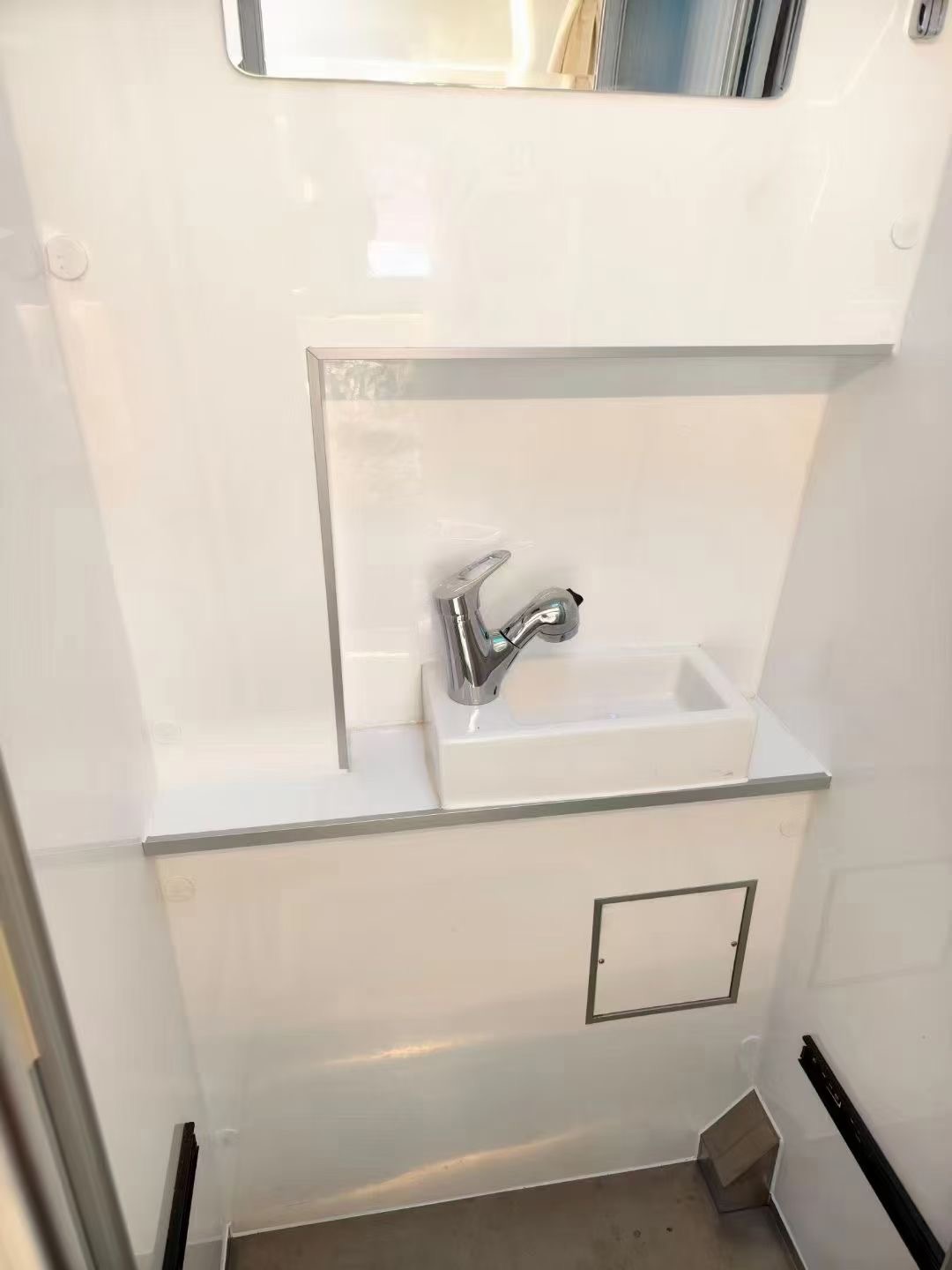Introduction
Truck mounted cranes are an essential piece of equipment in various industries such as construction, transportation, and logistics. These cranes are mounted on trucks, providing mobility and flexibility in lifting and moving heavy loads. Understanding the specifications of truck mounted cranes is crucial for selecting the right equipment for specific tasks. In this comprehensive guide, we will delve into the detailed specifications of truck mounted cranes to help you make informed decisions when choosing the right equipment for your operations.
1. Types of Truck Mounted Cranes
Truck mounted cranes come in various types, each designed for specific applications. The common types of truck mounted cranes include:
- Telescopic Boom Truck Mounted Cranes: These cranes feature a telescopic boom that can extend and retract, allowing for increased reach and versatility in lifting operations.
- Knuckle Boom Truck Mounted Cranes: Also known as articulating cranes, these cranes have a hinged boom that can bend in multiple places, providing enhanced maneuverability in tight spaces.
- Lattice Boom Truck Mounted Cranes: These cranes feature a lattice boom structure that offers high lifting capacities and long reach, making them suitable for heavy-duty lifting tasks.
2. Capacity and Lifting Performance
One of the key specifications to consider when selecting a truck mounted crane is its lifting capacity. The lifting capacity of a crane is usually expressed in terms of maximum load capacity and maximum reach. The maximum load capacity refers to the maximum weight that the crane can lift, while the maximum reach indicates the maximum horizontal distance the crane can reach with the load.
When evaluating the lifting performance of a truck mounted crane, it is important to consider factors such as the boom length, boom extension, and load charts provided by the manufacturer. These specifications will help determine the crane's capabilities and limitations in various lifting scenarios.
3. Boom Configuration
The boom configuration of a truck mounted crane plays a significant role in determining its performance and versatility. Common boom configurations include straight booms, knuckle booms, and lattice booms. Each type of boom configuration offers unique advantages in terms of reach, maneuverability, and lifting capacity.
- Straight Booms: Straight booms provide a simple and rigid structure that offers high lifting capacities and stability. boom truck are suitable for lifting heavy loads at greater heights.

- Knuckle Booms: Knuckle booms feature multiple joints that allow for greater flexibility and maneuverability, making them ideal for operating in confined spaces and around obstacles.
- Lattice Booms: Lattice booms consist of a lattice-like structure that offers exceptional strength and stability, making them suitable for heavy-duty lifting operations.
4. Hydraulic System
The hydraulic system of a truck mounted crane is responsible for powering the crane's movements and functions. A well-designed hydraulic system is crucial for ensuring smooth and efficient crane operations. Key components of the hydraulic system include hydraulic cylinders, pumps, valves, and hoses.
When evaluating the hydraulic system of a truck mounted crane, it is essential to consider factors such as operating pressure, flow rate, and control mechanisms. A reliable hydraulic system will ensure precise control over the crane's movements, resulting in safe and efficient lifting operations.
5. Outriggers and Stabilizers
Outriggers and stabilizers are essential components of truck mounted cranes that provide stability and support during lifting operations. Outriggers are extendable legs that are deployed to increase the crane's stability by widening its footprint. Stabilizers are hydraulic arms that are used to level the crane on uneven terrain.
When selecting a truck mounted crane, it is important to consider the type and configuration of outriggers and stabilizers. Properly deployed outriggers and stabilizers are crucial for preventing tip-overs and ensuring safe lifting operations.
6. Control Systems
Modern truck mounted cranes are equipped with advanced control systems that provide operators with enhanced capabilities and safety features. Common control systems include radio remote controls, joystick controls, and computerized monitoring systems.
Radio remote controls allow operators to control the crane from a safe distance, providing greater flexibility and visibility during lifting operations. Joystick controls offer intuitive operation of crane functions, while computerized monitoring systems provide real-time data on crane performance and safety indicators.
7. Safety Features
Safety is paramount when operating truck mounted cranes, as lifting heavy loads poses inherent risks to both personnel and equipment. Manufacturers incorporate various safety features into truck mounted cranes to mitigate risks and ensure safe operations.
Common safety features include overload protection systems, anti-two block devices, emergency stop buttons, and load moment indicators. These safety features help prevent accidents, protect personnel, and safeguard the crane from damage during lifting operations.
8. Maintenance and Service Requirements
Proper maintenance and servicing are essential for ensuring the longevity and performance of truck mounted cranes. Manufacturers provide guidelines and recommendations for routine maintenance tasks such as lubrication, inspection, and component replacement.
When selecting a truck mounted crane, it is important to consider factors such as maintenance requirements, service intervals, and availability of spare parts. Regular maintenance and servicing will help prevent breakdowns, extend the crane's lifespan, and ensure safe and reliable operation.
Conclusion
Truck mounted cranes are versatile and essential equipment in various industries that require lifting and moving heavy loads. Understanding the detailed specifications of truck mounted cranes is crucial for selecting the right equipment for specific tasks. By considering factors such as capacity, boom configuration, hydraulic system, outriggers, control systems, safety features, and maintenance requirements, you can make informed decisions when choosing a truck mounted crane for your operations. Remember to prioritize safety, reliability, and performance when selecting a truck mounted crane to ensure efficient and successful lifting operations.
